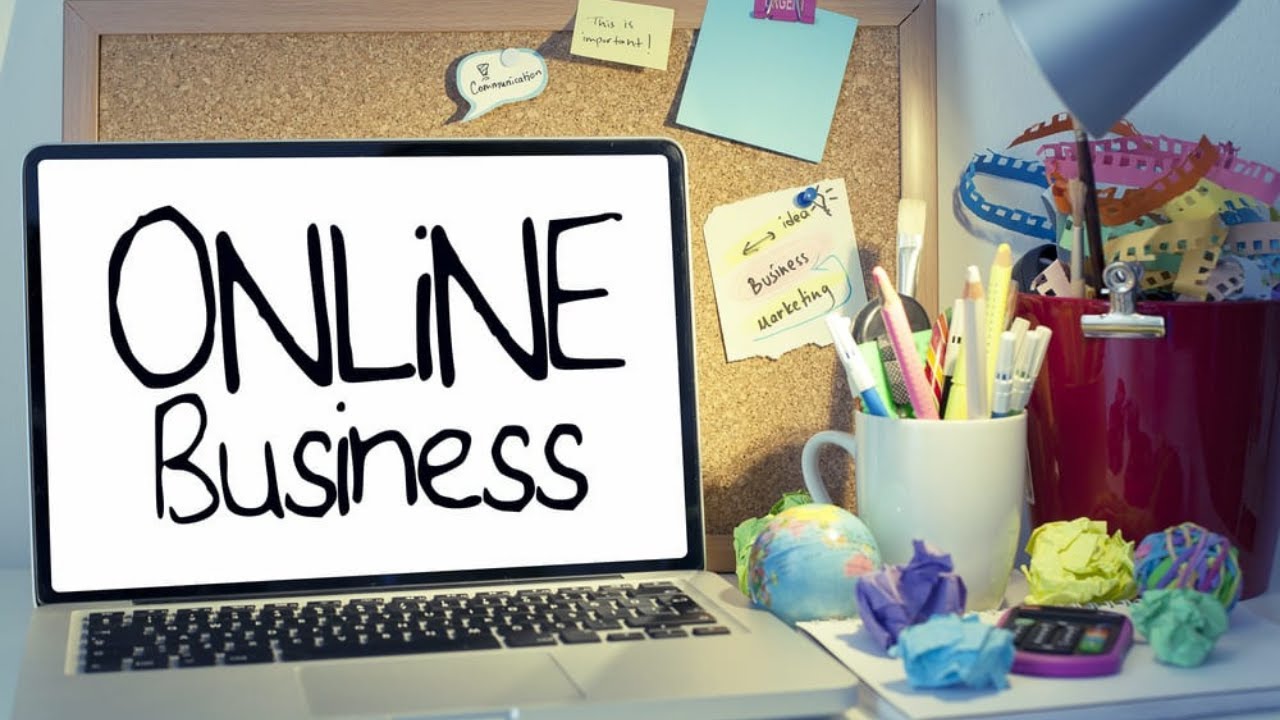Introduction
In today’s digital age, starting an online business from home has never been more accessible. Whether you’re a stay-at-home parent, a college student, or someone looking to escape the 9-to-5 grind, launching an online business offers a world of possibilities. The flexibility, lower startup costs, and global reach make it an attractive option for aspiring entrepreneurs. In this comprehensive guide, we’ll walk you through everything you need to know—from picking the right business idea to marketing and growing your online venture successfully.
Why Start an Online Business from Home?
Flexibility and Freedom
Running an online business from home allows you to set your own hours, work in your pajamas, and maintain a better work-life balance. It offers unparalleled flexibility and personal autonomy.
Low Startup Costs
Unlike brick-and-mortar stores, online businesses don’t require expensive overhead costs like rent, utilities, or large staff. A website, hosting, and some marketing tools are enough to get started.
Global Reach
With an internet connection, your business can reach customers around the world 24/7—something that was impossible just a couple of decades ago.

Identify a Profitable Online Business Idea
1. Freelancing Services
Offer your skills in writing, graphic design, video editing, or coding on platforms like Fiverr, Upwork, or your own website.
2. E-commerce Store
Sell physical products via dropshipping or your own inventory using platforms like Shopify or WooCommerce.
3. Digital Products
Create and sell eBooks, online courses, templates, or software—products that can be delivered instantly and have high profit margins.
4. Blogging and Affiliate Marketing
Start a blog and monetize it through affiliate links, display ads, or sponsored content.
5. Virtual Assistance
Offer administrative, technical, or creative assistance to busy entrepreneurs and companies.
Conduct Market Research
Before you invest your time and money, research the market:
- Who is your target audience?
- What are their pain points?
- Who are your competitors?
- Is there a demand for your product/service?
Use tools like Google Trends, Ubersuggest, and AnswerThePublic to gather data.
Create a Business Plan
A solid business plan outlines your goals, strategies, budget, and timeline. Key components include:
- Business Objective
- Target Market
- Revenue Model
- Marketing Strategy
- Financial Projections
Having a plan helps keep you focused and improves your chances of success.

Build Your Online Presence
Choose a Business Name and Domain
Pick a name that’s memorable, relevant, and easy to spell. Check domain availability using platforms like GoDaddy or Namecheap.
Create a Professional Website
Your website is your digital storefront. Use tools like WordPress, Wix, or Squarespace to build it. Make sure it’s mobile-responsive and SEO-optimized.
Set Up Essential Tools
- Google Analytics – for tracking visitors
- Google Search Console – to monitor site performance
- Email Marketing Tools – like Mailchimp or ConvertKit
- Payment Gateways – like PayPal or Stripe
Register and Legalize Your Business
Depending on your country or state, you may need to:
- Register your business name
- Get a tax ID number
- Apply for business licenses or permits
- Open a business bank account
Legalizing your business builds trust and protects you from future issues.
Develop a Marketing Strategy
Marketing is the engine that drives your business. Here’s how to get started:
1. SEO (Search Engine Optimization)
Use keywords in your content, meta descriptions, and URLs to rank higher on Google. Tools like Yoast SEO can help you optimize easily.
2. Social Media Marketing
Build a presence on platforms like Instagram, Facebook, LinkedIn, and Pinterest depending on where your audience hangs out.
3. Content Marketing
Create blog posts, videos, infographics, and podcasts that offer value and attract traffic.
4. Email Marketing
Build an email list and keep in touch with subscribers through newsletters, promotions, and helpful tips.
5. Paid Ads
Use Facebook Ads, Google Ads, or Pinterest Ads to drive traffic quickly when you launch.
Track Performance and Optimize
Key Metrics to Monitor:
- Website traffic
- Conversion rate
- Email open rate
- Sales and revenue
- Customer feedback
Use this data to tweak your strategies. Always test different approaches (A/B testing) to see what works best.
Scale Your Business
Once your business starts earning consistently:
- Outsource tasks (hire a VA or freelancer)
- Automate systems (using tools like Zapier or Hootsuite)
- Introduce new products or services
- Partner with influencers or affiliates
- Explore international markets

Real-Life Success Story
Meet Ayesha – A Single Mom Turned Digital Entrepreneur
Ayesha, a single mom of two from California, started her online business in 2020. With no prior experience, she launched a handmade jewelry store on Etsy from her kitchen. She spent her evenings watching YouTube tutorials on SEO and marketing. By the end of the first year, she was making over $5,000/month. Today, she runs her own e-commerce website, has two part-time employees, and inspires other moms through her blog and YouTube channel.
Her story proves that with determination and the right guidance, anyone can turn a dream into a reality.
Conclusion
Starting an online business from home is not only possible—it’s also highly rewarding. While it takes effort, consistency, and learning, the barriers to entry are lower than ever. By following the tips outlined in this guide, you can build a profitable, sustainable, and enjoyable business from the comfort of your home.
